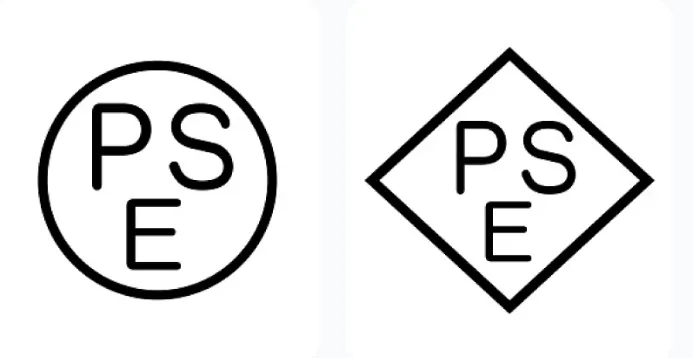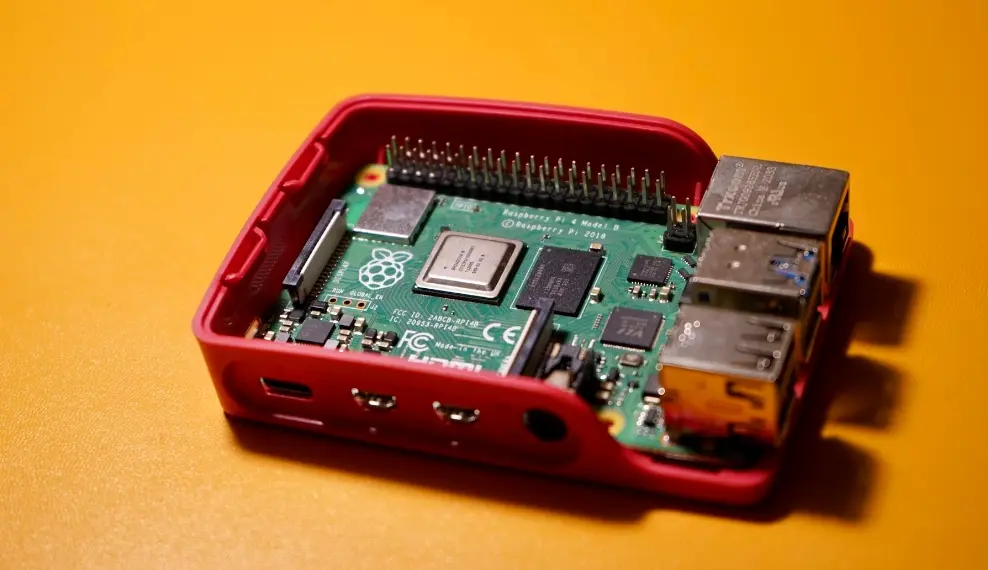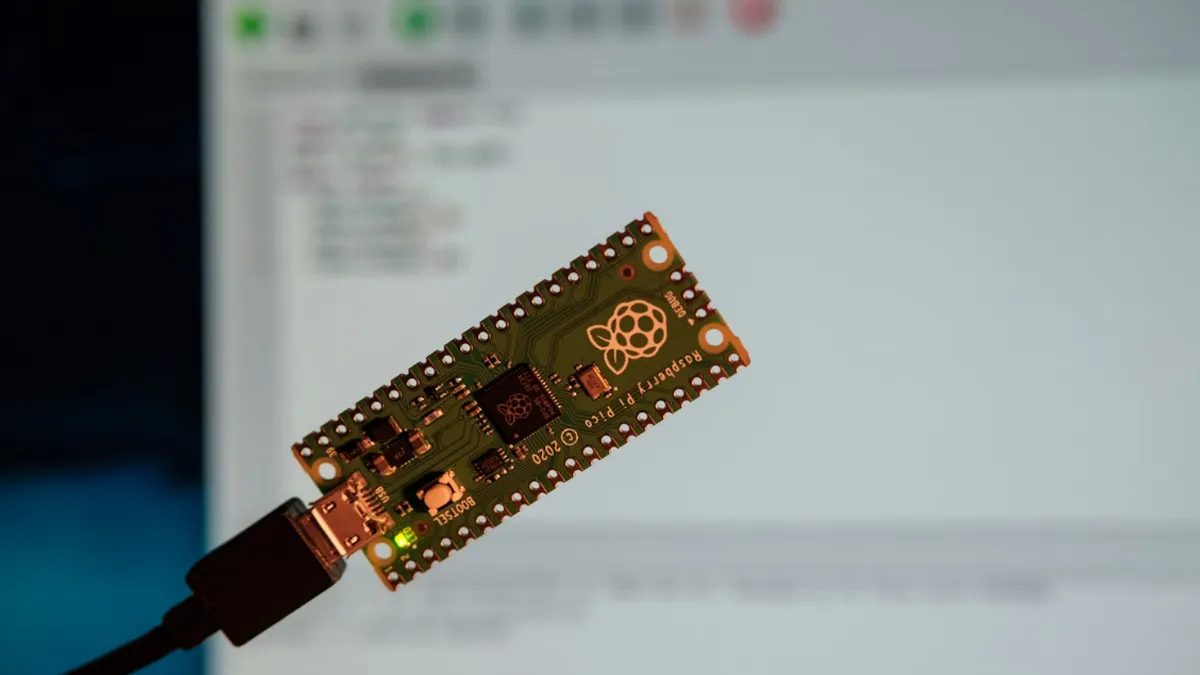
How to Get CE LVD Certification?
For products exported to Europe or listed on European cross-border e-commerce platforms, CE certification is requiRED, along with the CE mark. Obtaining CE certification indicates that the product complies with European directives and meets the safety, hygiene, health, and other requirements specified by European standards.
All electrical products with voltage ranges from 50-1000V a.c. and 75-1500V d.c. must meet the requirements of Directive 2014/35/EU, also known as the low voltage directive (LVD). This certification is not limited to electrical safety but also covers related risks, such as mechanical, cheMICal, and energy hazards. The main goal of this directive is to facilitate the free movement of goods within the EU by ensuring that all products meet the same requirements, thus promoting trade.
In daily use, the directive applies to most electrical equipment. The Low Voltage Directive (LVD) states that electrical equipment shoULd only be placed on the market if it does not endanger people, livestock, or other equipment and property. Products bearing the CE Mark must fall within the scope of this directive and be supported by proper documentation.

Core Requirements for ce-lvd Low Voltage Directive Certification:
1. General Requirements:
- To ensure the safe use of electrical equipment for its intended purpose, the characteristics, identification, and adherence instructions must be clearly marked on the electrical product. If marking is difficult, it can be explained in the manual.
- The manufacturer’s name and trademark must be clearly marked on the electrical product, or, if difficult, it can be printed on the packaging.
- The electrical equipment and its components must be manufactured to ensure safe and proper connection and assembly.
- The design and manufacture of electrical equipment must ensure compliance with the requirements specified in points 2 and 3 when used and maintained according to its intended purpose.
2. Preventing Hazards Caused by Electrical Equipment:
- Avoid the danger of physical or other injuries to humans or livestock due to direct or indirect electrical contact.
- Ensure no dangerous temperatures, arcs, or radiation occur.
- Provide sufficient protection for humans, livestock, and property from non-electrical hazards caused by electrical equipment as determined by experience.
- Insulation must be suitable for all foreseeable conditions.
3. Preventing Hazards from External Factors:
- Electrical products should meet expected mechanical requirements to ensure the safety of humans, livestock, and property.
- Electrical products should resist non-mechanical influences under expected environmental conditions to ensure safety.
- Electrical products should not endanger humans, livestock, or property under foreseeable overload conditions.
In simpler terms, lvd certification ensures the safety of electronic devices, lighting, machinery, and other products during use. The directive applies to electrical products with voltages between AC 50V-1000V and DC 75V-1500V.
Scope of LVD Certification Products:
- Switch power supplies, LED lighting, electronic equipment, audio-visual products, information technology products, office automation equipment below 600V, power supply products, servers, monitors, televisions, household appliances, notebooks, personal computers, and related computer products.
Key Testing Items for CE-LVD Certification for Electrically Powered Products:
The CE-LVD certification directive (Low Voltage Directive 2014/35/EU) aims to ensure the safety of low-voltage equipment. Products falling under this directive must meet the requirements:
- It applies to electrical and electronic products with voltages between AC 50V-1500V and DC 75V-1500V, covering all safety rules, including protection from mechanical hazards.
CE-LVD Certification Evaluation Items:
- The design and structure of the equipment should ensure that no danger occurs when used under normal working or fault conditions, especially for the following hazards:
1. Electric Shock
2. Energy Hazard
3. Fire
4. Mechanical and Heat Hazard
5. Radiation Hazard
6. Chemical Hazard
CE-LVD Certification Testing Items:
1. Input test (Power Test)
2. Heating test (Temperature Rise Test)
3. Humidity test
4. Glow-wire test
5. Overload test
6. Leakage current measurements
7. Electric Strength test
8. Earth continuity test
9. Cord anchorage test
10. Stability test
11. Plug torque test
12. Impact test
13. Capacitor discharge test at plug
14. Fault conditions test
15. Working voltage measurement
16. Motor lock-rotor test
17. Low and high temperature test
18. Tumbling test
19. Insulation resistance test
20. Ball pressure test
21. Screw torque test
22. Needle flame test
Documentation Required for LVD CE Certification:
- Description of the electrical equipment
- Design principles, components, and circuit diagrams
- Descriptions and explanations required to understand the diagrams and equipment operations
- List of applicable or partly applicable standards and measures taken to meet safety requirements if the standards are not adopted
- Calculations and test results made during the design phase
- Test reports
CE-LVD Certification Standards:
- The directive specifies the standards that must be met to comply with its safety requirements, including:
- Household appliances: EN 60335
- Lighting: EN 60598
- Audio-visual products: en 60065
- Information technology: EN 60950
- Measurement instruments: EN 61010
- Electrical machinery: EN 60204
- Standards for electrical equipment safety published by the European Commission or recognized national standards when there are no established standards.
CE-LVD Certification Process:
1. The manufacturer submits an initial oral or written application to our company and signs a quotation contract.
2. The applicant fills in the application form, submits the product instruction manual and technical documents.
3. The China JJR laboratory determines inspection standards, items, and quotations.
4. The applicant confirms the quotation and sends the sample and technical documents to the laboratory.
5. The applicant provides the technical documents.
6. The laboratory issues a payment notice, and the applicant pays the certification fee accordingly.
7. The laboratory performs product testing and issues a report and certificate.
Email:hello@jjrlab.com
Write your message here and send it to us
 What is Amazon California Proposition 65?
What is Amazon California Proposition 65?
 New METI Registration Regulations in Japan
New METI Registration Regulations in Japan
 Attention for Amazon Japan Sellers: New PSE Regula
Attention for Amazon Japan Sellers: New PSE Regula
 Compliance with Japanese Representative & METI
Compliance with Japanese Representative & METI
 ZigBee-LoRa-Z-Wave Product compliance testing
ZigBee-LoRa-Z-Wave Product compliance testing
 Compliance Testing for FM/AM/DAB/DMB Broadcast Rec
Compliance Testing for FM/AM/DAB/DMB Broadcast Rec
 NFC/RFID Product Compliance Testing
NFC/RFID Product Compliance Testing
 IEC 62368 Safety Standards Test Items and Requirem
IEC 62368 Safety Standards Test Items and Requirem
Leave us a message
24-hour online customer service at any time to respond, so that you worry!




